In professional golf, while players bask in the spotlight, their caddies operate in the background, playing a crucial yet often underappreciated role.
The financial dynamics of a caddie’s profession are intriguing, weaving together elements of performance-based rewards, fixed salaries, bonuses, and even sponsorships.
Additionally, the profession comes with its own set of expenses, challenges, and opportunities. As we delve into the intricacies of caddie compensation, it’s essential to understand that it’s not just about a percentage of tournament winnings, but a culmination of various factors that paint the full financial picture.
The Role of a Caddie
In the world of golf, a caddie is much more than just someone who carries the golfer’s bag. A caddie is an essential part of a golfer’s team, providing invaluable insights, support, and strategy throughout a round. Here’s an in-depth look at the multifaceted role of a caddie:
Club Selection
- Knowledge of the Bag: A caddie knows every club in the golfer’s bag and the distance each club can achieve.
- Advice on Shots: By understanding course conditions, wind direction, and the golfer’s strengths, a caddie can recommend the best club for each shot.
Reading the Greens
- Understanding Contours: Caddies have a keen eye for the subtle undulations and slopes of a green.
- Predicting Ball Movement: They help players anticipate how a putt will break or roll, aiding in alignment and pace.
Course Strategy
- Planning Ahead: A caddie thinks several shots in advance, advising on play strategy to avoid hazards or to position the golfer favorably for the next shot.
- Knowledge of the Course: Many caddies walk the course before a tournament to make notes and create a game plan.
Moral Support
- Emotional Anchor: Golf is as much a mental game as it is physical. Caddies provide emotional support, helping golfers stay calm under pressure or rebound from a poor shot.
- Motivation: Encouraging words or a pep talk from a caddie can uplift a golfer’s spirits, keeping them focused and motivated.
Physical Support
- Carrying the Bag: This basic duty involves transporting the golfer’s clubs, balls, tees, and other equipment around the course, which can weigh up to 40-50 pounds.
- Maintenance: Caddies are responsible for cleaning clubs, replacing divots, raking bunkers, and ensuring the course is left in good condition.
Logistics and Rules
- Time Management: Ensuring that the golfer is on time for tee-offs, managing the pace of play, and keeping track of the score.
- Awareness of Rules: Caddies are well-versed in the rules of golf and can advise players on permissible actions, drop procedures, and other regulations.
Team Communication
- Collaboration: Caddies often liaise with coaches, trainers, or managers, ensuring that all aspects of a golfer’s game and well-being are in sync.
- Feedback Loop: They provide feedback about the golfer’s performance, which can be used for future training and strategy adjustments.
How Much Does Tiger Woods Pay His Caddie?
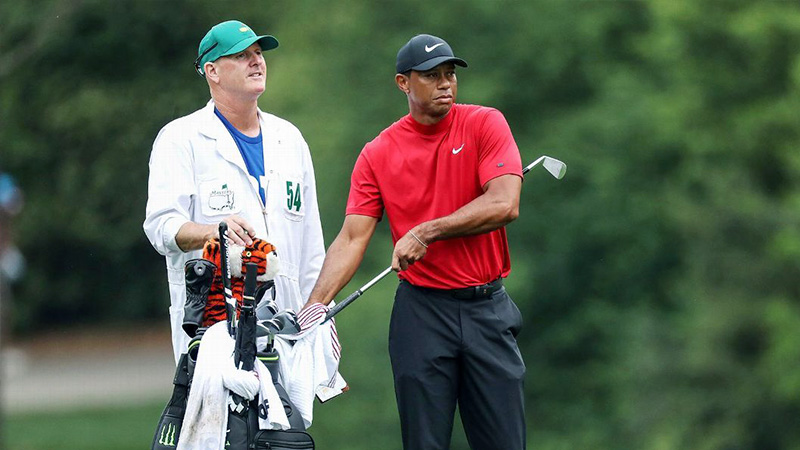
While the specific terms of a golfer-caddie financial arrangement are private and can vary widely, there are some general industry standards.
- Base Salary: Most PGA Tour caddies receive a base salary, which can range anywhere from $1,500 to $2,500 per event, sometimes more for top caddies.
- Percentage of Earnings: On top of this, caddies typically earn a percentage of their golfer’s winnings. The general guideline is:
- 5% of the total prize money for making the cut.
- 7% for a top-10 finish.
- 10% for a victory.
Using this model, let’s break down the potential earnings of Tiger Woods’s caddie, Joe LaCava, based on Woods’s 2018 tour earnings of $5.4 million:
- If Woods made the cut in every event but didn’t finish in the top 10, LaCava would earn 5% of $5.4 million, which is $270,000.
- If all of Woods’s earnings were from top-10 finishes, LaCava would earn 7% of $5.4 million, which is $378,000.
- If Woods won events that totaled the entire $5.4 million, LaCava’s cut would be 10% or $540,000.
Your estimated range of $272,192 to $544,384 aligns with this standard model, as it takes into account the various scenarios of making cuts, top 10 finishes, and victories.
Additional Considerations in Caddie Compensation
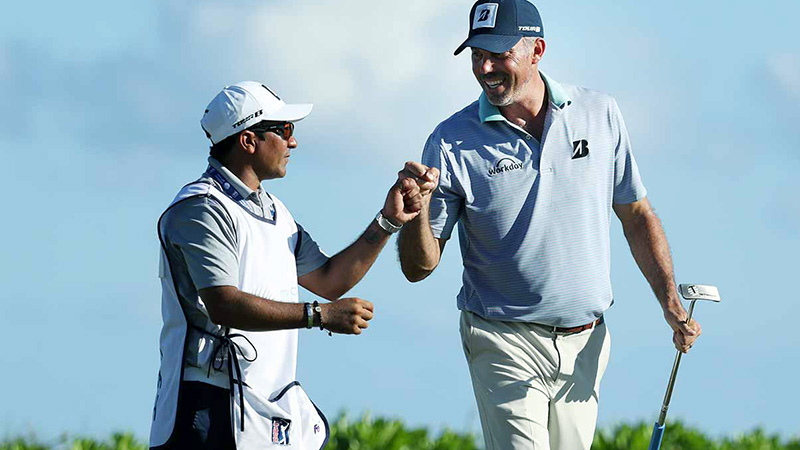
Caddie compensation, while primarily tied to the performance of the golfer, has additional nuances that can impact how much a caddie ultimately earns. These considerations make caddie compensation a complex topic beyond just a simple percentage of winnings. Here are some additional aspects to consider:
Base Salary
Most caddies receive a base weekly salary from their golfers. This covers the basic costs of their job, ensuring they earn even if the golfer misses the cut in a tournament.
Bonuses and Incentives
Apart from the standard percentage from tournament winnings, caddies might also earn bonuses for significant achievements, such as major championship wins, reaching world number one rank, or year-end bonuses.
Travel and Accommodation
- Some golfers cover the travel and accommodation costs of their caddies, especially during international tours, which can represent a significant benefit.
- However, many caddies are responsible for their own expenses, which means they need to manage these costs against their earnings.
Health Benefits and Insurance
Some elite golfers might provide health insurance and other benefits for their caddies, while others might not, leaving caddies to manage their own health and well-being costs.
Duration of Partnership
A long-term, consistent partnership with a golfer can mean stable and potentially higher earnings over time. In contrast, caddies who switch golfers frequently might face fluctuations in their income.
Endorsements and Sponsorships
While rare, some top caddies, especially those associated with elite golfers, might have opportunities for sponsorships or endorsements. For instance, they might earn from wearing a specific brand of apparel or cap during tournaments.
Equipment Maintenance and Costs
Caddies often handle the maintenance of golf clubs, which might sometimes require them to invest in cleaning materials or tools. While these costs are typically minor, they can add up over time.
Tipping and Gratuities
At many golf courses, especially during non-tournament play, it’s customary for golfers (both professionals and amateurs) to tip their caddies. This can be a significant source of additional income for caddies.
Caddie’s Own Skill Development
Some caddies invest in their own skill development, attending courses or training sessions to improve their understanding of the game, reading greens, or other essential aspects. These costs, borne by the caddie, are an investment in their own career.
Miscellaneous Costs
Caddies might also face various other expenses, such as union or association fees, depending on the region or tour they are part of.
Top 10 Richest Golf Caddies
In the world of professional golf, success on the course translates to significant earnings, not just for the players but also for their trusted caddies. Based on the provided earnings, here’s a rundown of the top 10 richest golf caddies:
1. Jimmy Johnson (Caddying for Justin Thomas)

Earning an impressive $502,851, Jimmy Johnson has been an integral part of Justin Thomas’s success. Their collaboration has led to numerous victories, with Johnson’s experience and guidance proving crucial in high-pressure situations.
2. Jonathan Jakovac (Caddying for Collin Morikawa)

With earnings of $486,825, Jakovac has been by the side of the young phenom, Collin Morikawa. Their partnership has resulted in some significant wins, further enhancing their reputation as a dynamic duo.
3. Austin Johnson (Caddying for Dustin Johnson)
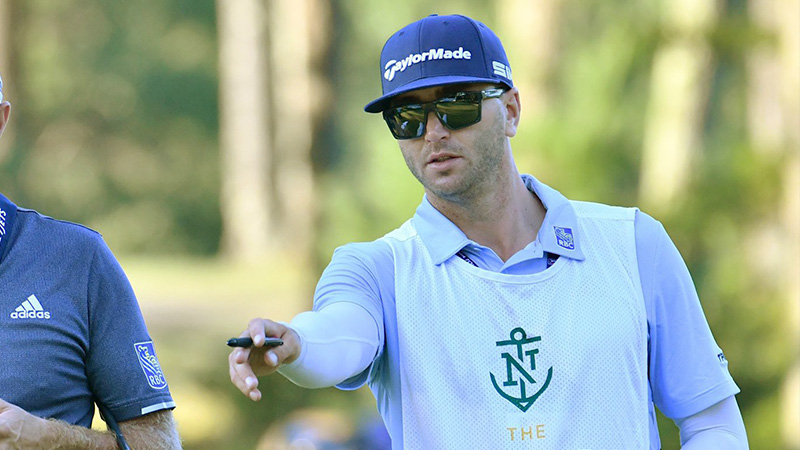
Banking $472,600, Austin not only shares a professional relationship but also a bloodline with his golfer, Dustin Johnson. Their sibling bond brings unique chemistry to their working relationship.
4. Paul Tesori (Caddying for Webb Simpson)
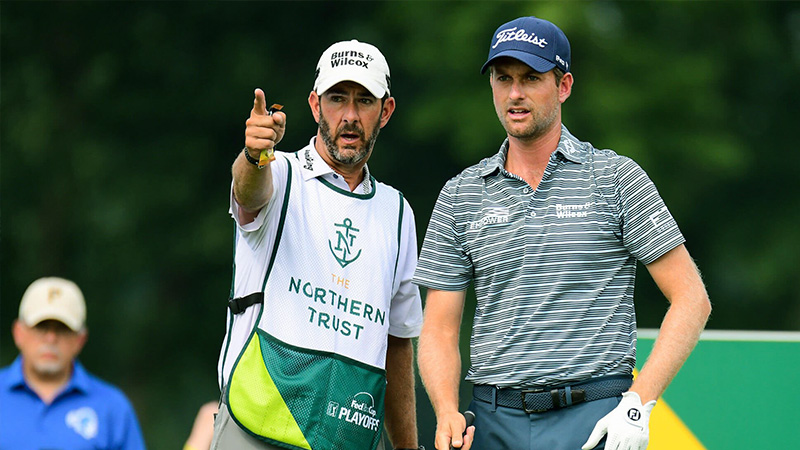
Earning $417,595, Tesori has been an essential part of Webb Simpson’s team. The trust and mutual respect between the two have been evident in their collaboration, leading to several significant achievements on the course.
5. Adam Hayes (Caddying for Jon Rahm)
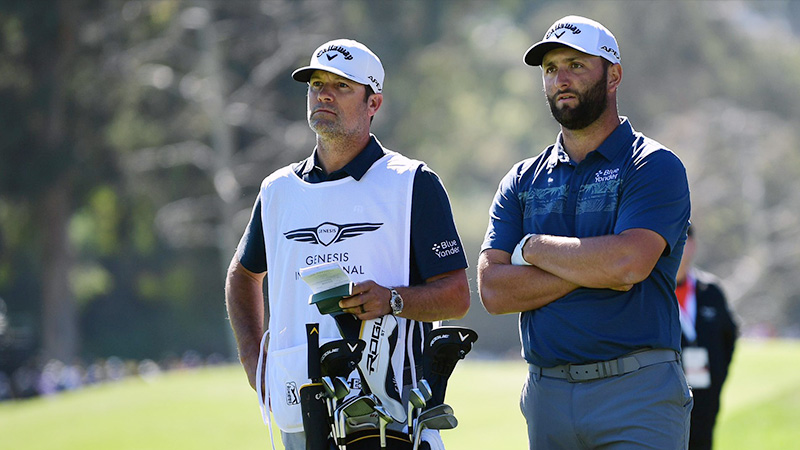
With earnings of $374,625, Hayes has stood beside Jon Rahm, one of the most promising talents in golf. Their partnership has been marked by both consistency and explosive performances.
6. Tim Tucker (Caddying for Bryson DeChambeau)
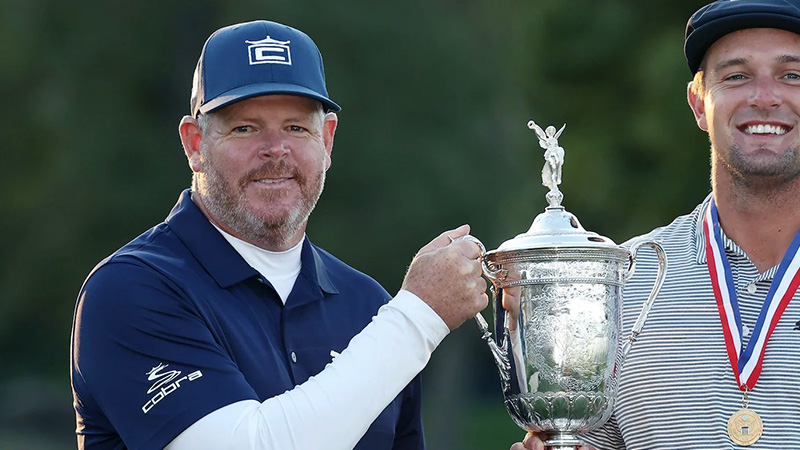
Garnering $353,801, Tucker has witnessed and contributed to the meteoric rise of DeChambeau in the golfing world. Their association is built on a shared commitment to innovation and pushing boundaries.
7. Kessler Karain (Caddying for Patrick Reed)

Banking $346,500, Karain has been the right hand of Patrick Reed. Their bond is built on trust, and together they’ve tackled some of the most challenging courses and competitors.
8. Josh Cassell (Caddying for Daniel Berger)

Earning $343,470, Cassell has played an instrumental role in Daniel Berger’s consistent performances. Their combined efforts have resulted in notable achievements and respect from peers.
9. Marc Kelly (Caddying for Marc Leishman)
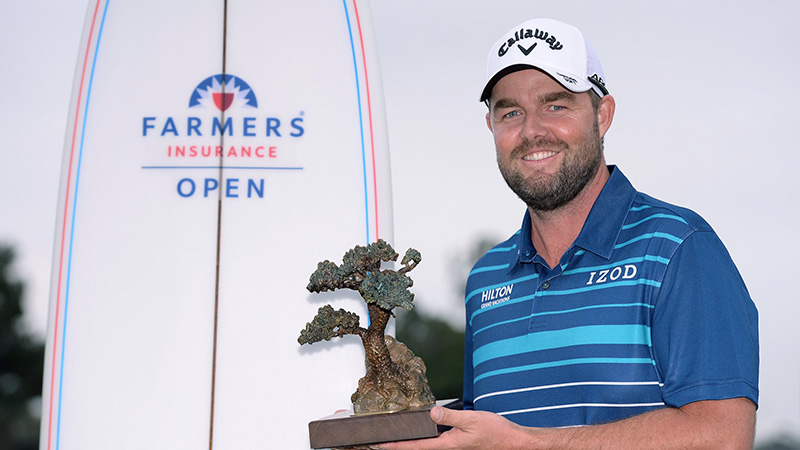
With earnings of $330,100, Kelly’s collaboration with Leishman has been characterized by a shared passion for the game and consistent results on the course.
10. Albin Choi (Caddying for Im Sung-Jae)

Banking $278,085, Choi’s alliance with Sung-Jae, one of the brightest talents from Asia, has been marked by determination, hard work, and noteworthy achievements.
FAQs
Do caddies pay their own expenses?
Yes, professional caddies are self-employed. They charge their own fees and salaries to play in tournaments, but they also pay for their own equipment and supplies.
How much tax do golfers pay on their winnings?
Golfers will pay a federal income tax of 37% on their winnings.
What is Bones Mackay’s salary?
He also worked with Scott Simpson and Curtis Strange before starting an impressive 25-year career with Phil Mickelson. Mackay’s $500,000 annual salary has amassed him a $5 million net worth, according to Celebrity Net Worth.
To Recap
Caddie compensation in professional golf is multifaceted. While a significant portion arises from a golfer’s tournament winnings, many other factors contribute to a caddie’s earnings.
These range from base salaries and bonuses to potential sponsorships and gratuities. On the flip side, caddies also manage various expenses, from travel and accommodation to equipment maintenance.
The unique agreements between golfers and their caddies, the duration of their partnership, and the golfer’s performance collectively determine a caddie’s financial outcome.
Understanding this complex matrix of earnings and expenses provides a more comprehensive view of the economic landscape of professional caddying.







